Interior Lighting Ideas: Illuminating your Space with Style and Sustainability
When it comes to designing the perfect home, interior lighting often takes a backseat to other decor elements like furniture and paint colors. My bedroom is a case in point! I am still looking for that perfect bedroom chandelier, even though the rest of my bedroom decor was completed in May this year! If you too are looking for some interior lighting ideas for your home then welcome! I am going to shed some light on the importance of interior lighting in the home and how we can incorporate sustainability into this area of interior design too. In this blog post, we’ll explore various interior lighting ideas that strike the perfect balance between aesthetics and eco-consciousness.
Choosing the Right Lighting Fixtures
Your choice of lighting fixtures, bulbs, and design not only illuminates your space but also adds a touch of style and sustainability to your home. Lighting fixtures are more than just functional; they are a design statement. To make the most of your interior lighting, it’s crucial to choose fixtures that align with your style and sustainability goals.
When selecting lighting fixtures, consider factors such as size, style, and purpose. For instance, in a cozy living room, a statement chandelier can become the focal point, while minimalist pendant lights work wonders in a modern kitchen.


But what about sustainability? Sustainable materials and finishes are becoming increasingly popular in lighting design. Look for fixtures made from recycled or renewable materials like bamboo, reclaimed wood, or metal. These options not only reduce environmental impact but also add a unique character to your space. Take a look at the Etsy store TheCardboardBoutique or try TheCollectiviste . Both online stores have some beautiful, sustainable lighting.
Layered Lighting
One of the keys to effective interior lighting is creating layers. Just like in painting or photography, layering different types of lighting can add depth and dimension to your space.
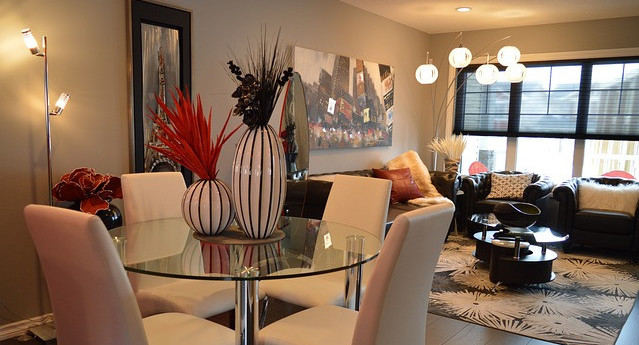
- Ambient Lighting: This is your primary source of light, often achieved through ceiling fixtures. Opt for energy-efficient options like LED recessed lights to reduce energy consumption.
- You should use warm or neutral lighting never cool lighting for ambience. Further explanations about bulb temperature and colour is below.

- Task Lighting: Task lighting is focused and serves a specific purpose, such as reading or cooking. Choose fixtures like adjustable desk lamps or under-cabinet lighting, which can help you conserve energy by illuminating only the area you need.

- Accent Lighting: To highlight architectural features or artworks, consider using accent lighting. Low-wattage LED spotlights or strip lights can create dramatic effects while minimizing energy use.
Sustainable Lighting Bulbs
LED Bulbs: LED (Light Emitting Diode) bulbs have revolutionized interior lighting. They are highly energy-efficient, using up to 80% less energy than incandescent bulbs. LEDs also last significantly longer, reducing the frequency of replacements and environmental impact.
Color Temperature: Choosing the right color temperature for your lighting is essential. Warm white light (around 2700K) creates a cozy atmosphere in living spaces, while cooler white light (around 5000K) is ideal for task-oriented areas like kitchens. For more information on light bulbs, check out the LED Temperature and Colour Buyer’s Guide.
Natural Light Integration
Incorporating natural light into your interior lighting plan is both sustainable and aesthetically pleasing. Here are some tips for maximizing natural light:
- Windows: Make the most of your windows by choosing energy-efficient glazing and proper insulation. This will help maintain a comfortable indoor temperature and reduce the need for artificial lighting during the day.

- Window Treatments: Use light-colored, reflective window treatments to bounce natural light deeper into your space. Sheer curtains and blinds allow you to control the amount of light while maintaining privacy.
- Combining Natural and Artificial Light: Consider using lighting controls that adjust the intensity of artificial lighting based on the amount of natural light available. This not only saves energy but also creates a seamless transition between day and night.
Smart Lighting Solutions
Smart lighting systems are another avenue for sustainable interior lighting. These systems offer advanced control options that can help you save energy and enhance convenience.
With home automation, you can program lights to turn off when a room is unoccupied, adjust brightness levels, and even change the color of your lighting to suit different moods and activities. Smart lighting can be a valuable addition to your sustainability efforts.
Sustainable Lighting Design Ideas
Sustainability can be integrated into every aspect of your interior lighting design. Here are some innovative ideas to get you started:
- Upcycled Fixtures: Consider upcycling old objects into unique lighting fixtures. An antique ladder can become a rustic chandelier, or mason jars can transform into stylish pendant lights.

- DIY Projects: Tap into your creativity with DIY lighting projects. Reuse materials like cardboard, paper, or even old wine bottles to craft custom light fixtures that reflect your personality.
- Biophilic Design: Incorporate natural elements like plants into your lighting design. Hanging planters with LED grow lights not only save energy but also promote a healthier indoor environment.
Energy Efficiency and Cost Savings
Making sustainable lighting choices isn’t just about saving the environment; it’s also about saving money. Energy-efficient lighting options can significantly reduce your electricity bills.
Estimating your energy cost savings is relatively simple. By replacing incandescent bulbs with LED equivalents, you can calculate the reduction in energy consumption based on the wattage difference and the number of hours your lights are on. Over time, this adds up to substantial savings.
In addition to saving money, you may be eligible for government incentives and rebates for adopting energy-efficient lighting. Check with local authorities or energy providers for available programs that can further offset your lighting upgrade costs.
Lighting Control Strategies
To maximize the sustainability of your interior lighting, use effective lighting control strategies. Here are some tips:
- Dimmer Switches: Install dimmer switches to adjust the intensity of your lighting according to your needs. Lower light levels consume less energy and create a cozier ambiance.
- Timers and Sensors: Timers can automate when your lights turn on and off, ensuring they are only used when necessary. Motion sensors can detect occupancy and activate lights accordingly, reducing energy wastage in unoccupied rooms.
- Lighting Scenes: Create lighting scenes for different occasions. With the push of a button or a voice command, you can switch between reading, relaxation, and entertaining modes, optimizing both energy use and comfort.
Conclusion
Interior lighting ideas encompass a wide range of options that can illuminate your space while promoting sustainability. By choosing the right fixtures, bulbs, and control strategies, you can strike the perfect balance between style and eco-consciousness in your home. So, remember that every small lighting choice can make a big difference in preserving our planet’s resources.
Whether you’re installing LED bulbs, upcycling old items into unique fixtures, or exploring the world of smart lighting, you’re contributing to a greener future while creating a more beautiful present for your home. I hope these interior lighting ideas have informed and inspired you in some way.
If you would like to leave a comment about any of the ideas expressed above, please comment below.
Thank you!
Elaine



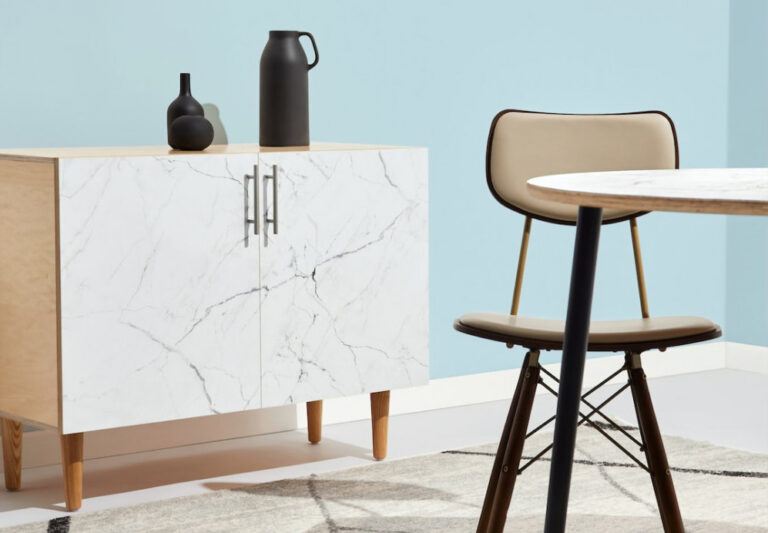
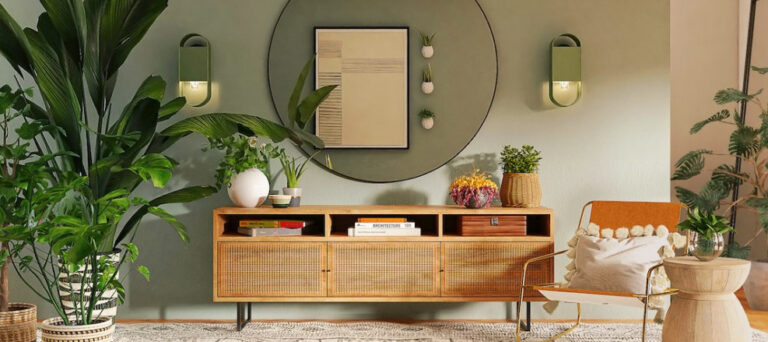
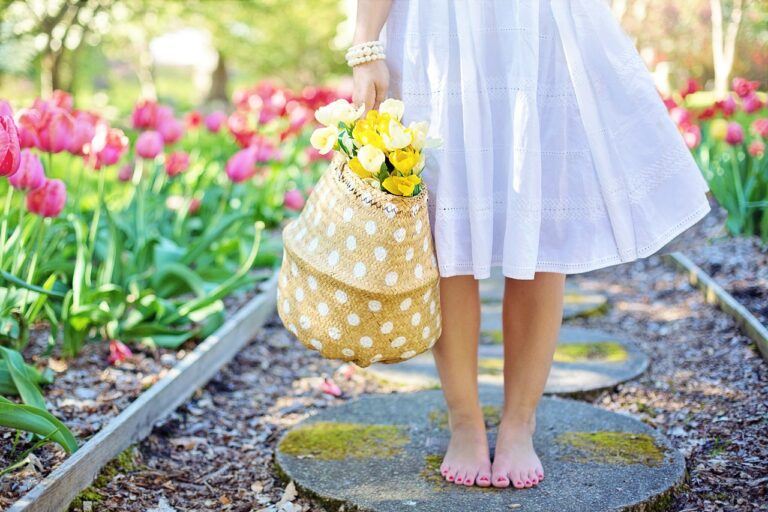
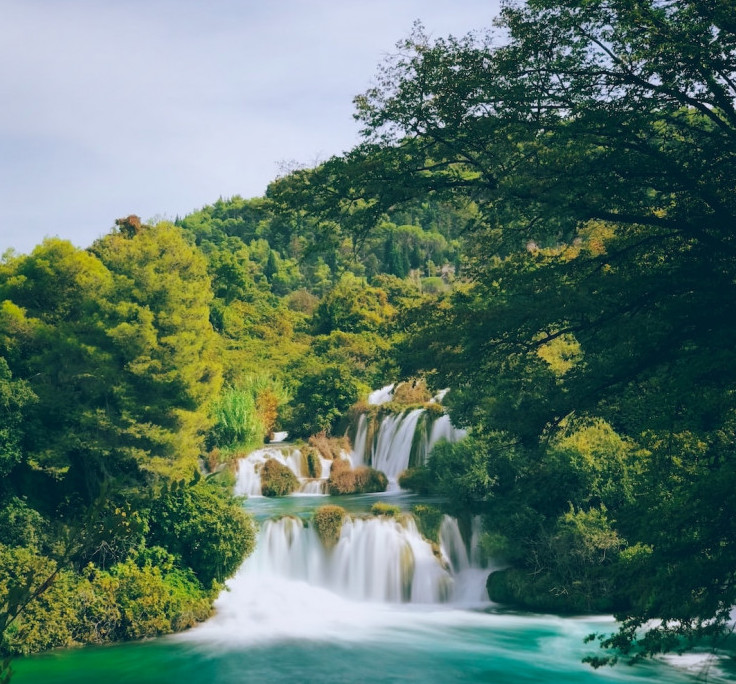
Elaine, I absolutely loved your blog post on interior lighting ideas! It was not only informative but also inspiring. Your attention to detail and focus on sustainability is truly commendable. I can relate to your struggle of finding the perfect bedroom chandelier, as I often find myself in the same situation. It’s fascinating to learn how lighting fixtures can make a design statement while also being eco-friendly.
Your tips on choosing the right fixtures, creating layered lighting, and integrating natural light are spot on. I particularly appreciate your mention of sustainable materials like bamboo, reclaimed wood, and metal for fixtures. It adds a unique character to the space while reducing environmental impact.
I must say, your DIY lighting project ideas are brilliant. Upcycling old objects into unique fixtures is not only sustainable but also allows for personalized creativity. It’s a fantastic way to reflect one’s personality in the home. The suggestion of incorporating plants into lighting design with LED grow lights is also a wonderful idea. It not only saves energy but also promotes a healthier indoor environment.
One suggestion I have is to provide specific examples of sustainable lighting brands or stores where readers can find these eco-friendly fixtures and bulbs. It would be helpful to have some recommendations and perhaps links to explore further.
Overall, your blog post is a delightful read, and I’m grateful for the insights you’ve shared. It’s a reminder that every small lighting choice can make a big difference in preserving our planet’s resources. Thank you for informing and inspiring your readers with these interior lighting ideas!
Now, I have a question for you. What are some of your favorite sustainable lighting brands or stores that you would recommend to readers who are looking to make eco-friendly lighting choices?
Lou.
Hi Lou, I’m glad you enjoyed this post. Thank you for the reminder to put more links of the stores where sustainable lighting can be found. I will add these on my next post. In terms of my favourite sustainable lighting brands, take a look on Etsy at these stores The Cardboard Boutique and The Collectiviste. Happy shopping!
Hi Elaine,
Thanks for this article, very useful and detailed.
It’s amazing how lighting can change a space either for the good or bad.
Your article has provided so many aspects to enhance the lighting in certain spaces. I like the notion of upcycling fixtures, and DIY projects too, and how with a little imagination you can transform old items into fascinating light fittings.
Really appreciate the emphasis you have given to sustainability too. As you’ve mentioned with just a few minor adjustments – dimmer switches, timers etc, plus switching our bulbs to LED, we can make a difference.
Thanks again for a very detailed and informative post.
Cherie :o)
I’m so pleased you enjoyed the post Cherie! I am actually about to make a pair of lights using some second hand shades and heavy duty cardboard tubing for the bases. I will be sharing some of my upcycling ventures very soon so watch this space!
Elaine
Hi Elaine, I really enjoyed reading this article about interior lighting ideas that can illuminate your space with style and sustainability. I found the tips and examples of how to choose and use different types of lighting very practical and creative. I also learned a lot about the benefits of using eco-friendly and energy-efficient lighting options, such as solar-powered lights, recycled materials, and dimmer switches.
Also, the article shows how lighting can create different moods and atmospheres in your home, depending on the color, temperature, brightness, and placement of the light sources. I found this information very useful.
I think this article is very helpful and inspiring for anyone who wants to improve their home’s lighting with style and sustainability. Thank you for sharing this wonderful article!
Thank you for your comments. I’m so pleased you enjoyed reading this post. I will be sharing some of my upcycling projects in my next post, so please come back and be inspired!
This article does a pretty good job of providing valuable insights into interior lighting ideas that not only illuminate your living space but also promote sustainability, fantastic!
The article briefly mentions upcycled fixtures and DIY lighting projects as sustainable design ideas. Can you provide some inspiring examples or resources for readers interested in creating their own unique and eco-friendly lighting fixtures through DIY projects? thank you!
Thank you so much for your comments. I will be delighted to share some of my upcycling projects with everyone! I will be sharing some of my projects in my next blog post so watch this space!
Elaine
Saving the environment without compromising your life and living style is all about what we are looking for.
The mantra is to recycle, reuse, and reduce.
This post addresses all of these.
Waking up with the sun and retiring the day by the sunset is my inner wish.
I just visited a friend’s house who had a small place to live but having a few skylights on the roof makes the room lighted. The brightness of the sun and moon pours light into her home.
While using complete natural light has always been my motto, in winter the days are shorter with less light available to finish the chores and have your activities done by the end of the day.
The use of LED lighting in the house not only saves your energy costs but also helps it be durable and not have toxic metals like mercury to be disposed of to the environment. Using a Compact Fluorescent Lamp results in less than half of the mercury emissions of using a 100 W incandescent light bulb.
DYI lighting fixtures can instill your creativity, and reduce environmental waste.
Nothing is small.
We are in the climate crisis. It is a noble attempt to live as a minimalist without sacrificing comfort.
Thank you so much for your comments. I love your motto of using complete natural light! We can save so much energy doing this.
It has been wonderful being able to use so much natural light during the summer months but unfortunately as autumn approaches where I live, we will have to revert to electric lighting.
I use LED lighting in my home – in fact LED bulbs are the only ones available in the UK now. Much better for the environment!
Elaine